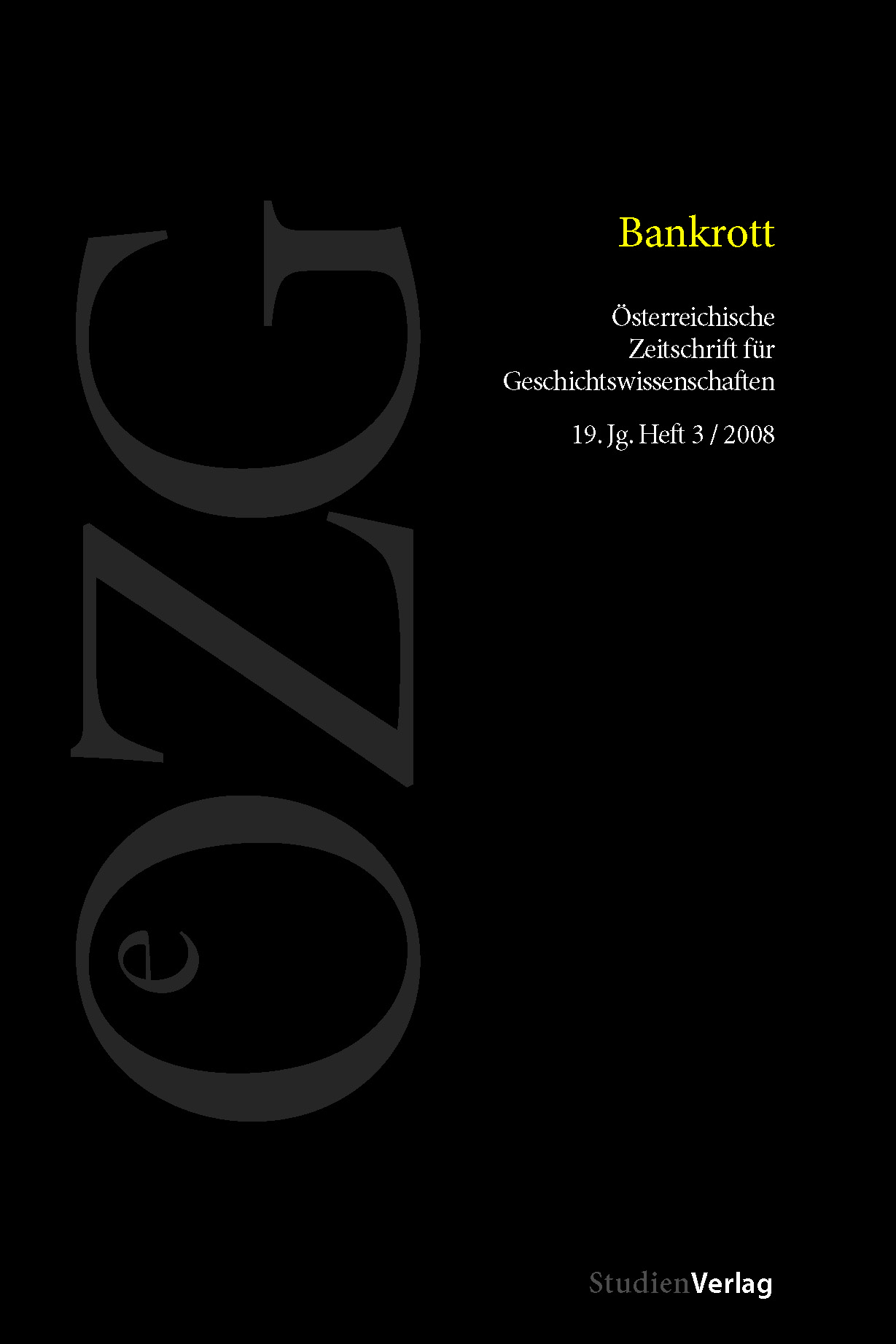Das Ende der Boden-Credit-Anstalt 1929 und die Rolle Rudolf Siegharts
DOI:
https://doi.org/10.25365/oezg-2008-19-3-4Abstract
In 1929 the second biggest Austrian bank, the Boden-Credit-Anstalt (BCA), became insolvent and was taken over by the Creditanstalt. The bank had chosen a business strategy of expansion in the 1920s, a strategy that proved to be illusory in view of the numerous problems Austrian banks were confronted with after 1918: the breakdown of the Habsburg Monarchy, the loss of influence in affiliated enterprises in the successor states, inflation, lack of domestic capital and the early signs of the world depression. But the failure of the BCA was not only due to external and objective factors. It was the bank’s president, Rudolf Sieghart, who played a decisive role for what had happened. Sieghart was a dominant and influential figure in Austrian banking with close connections to politics and press. Using these networks extensively, he became the target of many attacks and rumours. The story of the BCA impressively shows internal problems of monitoring and the lack of control. Finally, the BCA case stands exemplary for the question of personal guilt and responsibility of bankers. It has to be stressed that the BCA was by far not the only bank where such practices were used, the take-over of the BCA was not the last one in the Austrian process of banking concentration. But directed by a controversial figure like Sieghart, the BCA story is both unique and exceptional.


